By Blaine Taylor
The first published photo of one of the odd—but highly versatile —frontline vehicles of World War II appeared on the cover of the July 1942 edition of German Propaganda Minister Dr. Josef Goebbels’s publication, The Illustrated Newspaper, in its famous hill-climbing mode. Since it appeared to be a motorcycle, complete with front wheel, handlebars, and headlamp with wartime nightlight emissions cover, many readers later concluded that it was, in fact, an actual motorcycle, and thus saw wartime service with motorcycle units.
Such was not the case. In reality, it was a half-tracked vehicle with a motorcycle fork for steering functions on all types of paved and off-road surfaces. Another confusing aspect was that the vehicle’s official nomenclature in German was Kettenkrad, which in English translates as “tracked motorcycle.” Still, it was designed by the NSU Motorenwerke AG based at Neckarsulm, Germany, as a light tractor for towing trailers, artillery, and even, later in the war, such aircraft as the Messerschmitt Me-262 jet fighter plane.
In its myriad of combat roles, the Kettenkrad saw service on all fighting fronts on which German troops saw action after 1940: in the snowy reaches of the Soviet Union, in the sandy wastes of North Africa and the rugged landscapes of Tunisia, on Sicily and up the Italian boot, in the guerrilla battles of the hotly contested Balkan region, in northern France during the Normandy campaign in June-July 1944, and in Nazi Germany itself during 1944-1945.
Indeed, the vehicle was so popular that not only did the far-flung armies of Adolf Hitler’s Third Reich ride them, but captured Krads, as they were nicknamed, were ridden by the British Eighth Army Tommies in North Africa and American G.I. Joes in France in 1944. The Krad’s only real competitor, perhaps, at least on the German side of the armament vehicle ledger (it also carried both troops and unit commanders into combat), was the popular Schwimmwagen (swimming car) designed by Dr. Ferdinand Porsche that was also used by both sides when the Allies captured them. But the Schwimmer (as it was nicknamed) never saw service in either North Africa or the Sicilian-Italian campaigns.
The late author Bart Vanderveen described the Krad thus in his work, Historic Military Vehicles Directory: “Tractor, Semi-Track, Small, Sd. Kfz. 2, NSU HK-101. Four cylinder, 36-bhp engine (Opel Olympia) 1478-cc ochv, driving front sprockets via three-speed gearbox and two-speed auxiliary box. Mechanical brakes (controlled differential). Torsion bar suspension for bogie wheels. Tire size 3.50-19. Track width 170mm. Overall dimensions 3000 X 1000 X 1200mm. Weight 1280 kg. Engine behind driver; 8,345 produced during 1940-44 by NSU and Stoewer. Officially known as kleines Kettenkraftad (small tracked motorcycle) or Kettenkrad for short. Often towed short trailer.”
According to Wheeled Vehicles of the Wehrmacht 1933-45, edited by Chris Ellis, “It was 3,000mm in overall length; 1,200mm in overall height and 1,000mm in overall width. Its fuel tank capacity was 42 liters.”
Like the Volkswagen Beetle, Schwimmer, and Kubelwagen (bucket car), the Kettenkrad came too late for use in the Polish campaign of 1939, the Western campaign of 1940, or the Balkan campaigns of 1941, but it arrived just in time for the second year of fighting on the Russian Front.
During the autumn months of 1941, the famed German BMW motorcycles with sidecars were being replaced with the more versatile off-road Schwimmers and Kubels, and the Krads were another move in the same direction, particularly as regarded towing capabilities. Moreover, in the slush, mud, and snow of the Eastern Front, the hardy Krads were virtually unequalled in traction and durability.
Developing the Kettenkrad
The birth of the Kettenkrad can be traced to that year of the zenith of Nazi victories in Western Europe, 1940. It was then that NSU was commissioned by the Army Weapons Office to build a half-ton tractor with a front axle that would control the direction of the vehicle by way of a front wheel on a handlebar-managed motorcycle fork. Ultimately, it would be used by the German Army as well as Reichsmarschall Hermann Göring’s Luftwaffe.
At NSU, the initial prototypes encompassed such motorcycle parts as instruments, headlamp, wheels, the front fork, and the handlebar assembly, but the first NSU 600cm3 standard fork proved to be too flimsy. It actually snapped in two when traversing ditches and even track ruts because it was designed for a real motorcycle, not a heavier tractor vehicle such as the Krad. Replaced with a changed and sturdier fork, this one, too, failed under road pressures and in pre-mass-production testing.
Nevertheless, that same year an initial batch of 70 Krads from the series meant for testing was delivered to troops in the field for combat service. They had a small fork, towing hooks located rather high on the vehicle’s body, an eight-spoke idler and road wheels, transmission and an aluminum cast fan housing, no rear mudguards for the passenger seating space, and a high, angular mold to the air vent housing located in the back.
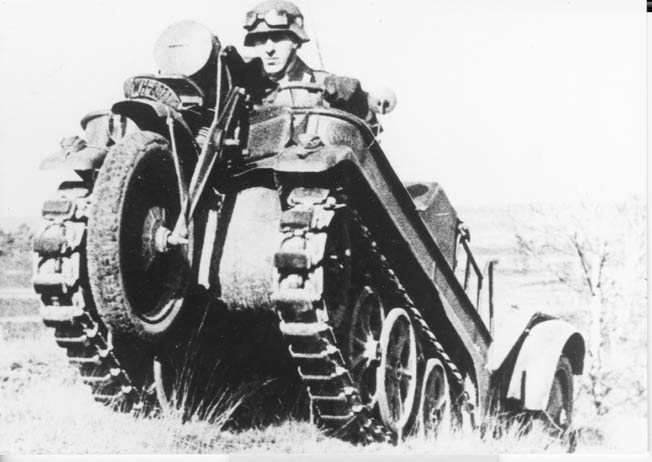
A weakened front fork continued in delivery until the end of 1942, as the German Sixth Army lay surrounded by the resurgent Red Army at Stalingrad on the Volga River, and this naturally necessitated many repairs in the field, to the chagrin of the troops and their mechanics, who were actually one and the same in practical terms.
Finally, the whole front unit was substituted by a new fork with a hydraulic shock absorber. Future structural amendments were both for safety’s sake and to preserve scarce construction materials as the war turned irrevocably against the Third Reich and its Eastern Front allies.
Strengths and Weaknesses of the Kettenkrad
Nonetheless, for all its fickleness, the men who rode the Kettenkrad had the same high affection for it as they did for its rival sister competitor vehicles of Volkswagenwerks, and this was mainly due to the fact that it could traverse difficult terrain that other vehicles simply could not, and it could climb steep hills and even mountains that others would not.
Indeed, two specialized versions of the basic Krad were eventually built, and these were the Sd.Kfz. 2/1 kleine (small) Kettenkrad for laying field communications cable, and the Sd.Kfz. 2/2 for laying the heavier version of the same.
Almost all of the more popular photographs of the sturdy Kettenkrad show it in its famous climbing mode. It was capable of climbing a full 45-degree grade and wading water to a depth of 44 centimeters. In addition, on regular, paved roads, it could travel 70 kph and was considered to be very maneuverable.
Despite these strengths, many flaws were not overcome throughout the war. The most glaring fault was NSU’s inability to satisfactorily seal the vehicle’s steering, which meant that the Krad’s steering brakes were consistently oiled, with drums situated immediately next to the steering housing mechanism.
Often, the steering system failed after just a few months following delivery of the Krad from the factory to the frontline soldiers. Aware of this from the start, the vehicle’s designers placed small drain pipes adjacent to both steering brakes to deal with the oil leakage they knew full well would result—much to the dismay of the Krad’s distressed, but loyal, driver-rider mechanics. Then there was the reverse gear wheel, which, as with the original front wheel fork, was not strong enough at first; from too much pressure, the aluminum transmission housing broke, and this, in turn, hurt other working and static parts.
Also, the Krad’s steering mechanism, which was akin to that of large tractors, was simply too complex for the smaller vehicle because the failure of just one component part would set off a chain reaction wherein an ever-increasing number of subsequent parts would then fail as well.
What caused this? Experts feel that it was the wartime shortage of high-quality parts; they point out that reproduced parts copied at today’s standards with modern and better materials last far longer even in the most extreme terrain conditions.
Arriving at the Front
During 1943-1945, NSU also built 10 prototypes of two more variants of the basic Krad: a five-seater with an Opel six-cylinder engine, and a wider, radio-controlled Kettenkrad that transported explosives. The second vehicle discarded the front fork altogether, and 50 vehicles of this type were manufactured, but due to the Allied bombing only a trio actually saw their eventual way to use by the fighting men of the German Army.
Because they were able to ford some shallow streams, the Kettenkrads also were issued an amphibious trailer for transporting supplies, but it was only half again as large as the standard U.S. Army jeep-pulled trailer in World War II, Korea, and the Vietnam War.
Although the first Krad was seen in a photograph on July 30, 1942, they did not actually reach the Eastern Front in any numbers until the second winter of the Russian War, 1942-1943. They fared extremely well on both the hard land and in the cold weather conditions of the Eastern Front. Concurrently, they arrived in North Africa with the Reichsmarschall’s elite Luftwaffe Hermann Göring Division that would fight the Allies there and in Sicily and Italy.
They also served in North Africa with Field Marshal Erwin Rommel’s vaunted German Afrika Korps, with the 5th Panzer Division, and the elite Paratrooper Lehr Brigade led by Maj. Gen. Hermann Ramcke, who would survive that campaign to serve again under Rommel in Normandy.
In Tunisia in the spring of 1943, side-mounted extra water cans were carried, and the Krads were also equipped with a multispeed fan/ventilator for better engine cooling in the hot sun.
Communication was an increasingly important aspect of all German land campaigns, and the Kettenkrad proved itself to be an ideal cable-laying vehicle, both on flat surfaces as in North Africa and Tunisia as well as in the mountainous regions of the embattled Soviet Union and the rebellious Balkan areas being fought over by the Germans, Fascist Italians, and Croatian Ustashe forces on the one hand, and the Titoist Partisan and Chetnik Royalist units in Yugoslavia on the other.
The Kettenkrad’s Performance
Again, as with the Volkswagen wartime vehicles in the main, there were few post-prototype changes or modifications to the Kettenkrads once mass production began, other than the improvement of both the front fork and the transmission housing.
The 36-horsepower Opel engine had been adopted from that firm’s Olympia passenger car and was found to be fully sufficient to move and maneuver the 1.3-ton Krad wherever it needed to go. Experts considered that its fuel consumption was low, making it thus feasible and practicable to keep the size of the twin fuel tanks small at 21 liters each.
Although the engine was considered relatively cheap to manufacture, the transmission was rather expensive to build, with a trio of forward gears and a reverse gear in both on- and off-road gear ranges. Thus, it was possible for a single Krad to pull an entire train of several fully loaded trailers.
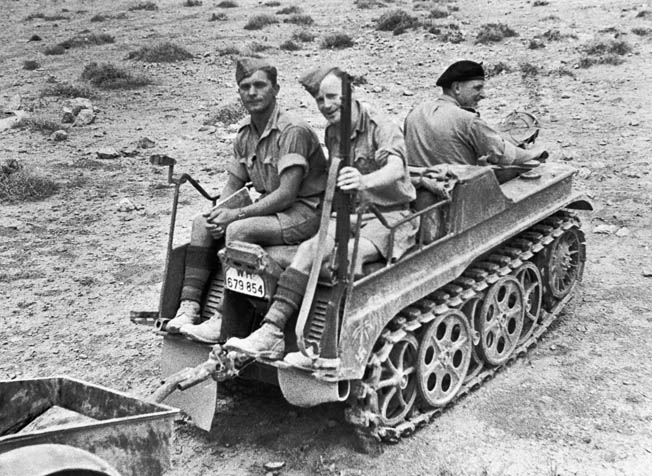
The transmission power was provided by the standardized Opel single-plate dry clutch, while the steering mechanism necessary in a tracked vehicle of the Cleveland tractor type was a smaller-scale version of the larger tractor steering models. It was arranged square to the main shaft in the frontal foot well and was driven by twin beveled gears. It acted as a differential for turning the vehicle in this manner: one drum would be braked while the rotation speed of the drive shaft on the identical side of the Krad was lessened and that on the other increased at the same rate.
The turning radius could be changed by varying the brake pressure in this way. Freezing in place one drum meant a turning radius of around four meters from the vehicle’s own center.
There were 40 links in each of the two caterpillar tracks on the Krad, and these had replaceable rubber blocks. There were also snow cleats for the track links for use in snow operations, especially on the Russian Front.
The vehicle’s ground pressure on hard terrain was about 3.75 kilograms per square centimeter, while on softer ground it was only 610 grams per square centimeter because that was when the entire track made contact with the ground. Not surprisingly, the most costly parts of the twin tracks were the links’ needle bearings, which were sealed against both dust and water and could withstand very heavy mechanical loads as well.
In addition to the tracks’ capability in ice and snow, the Krad’s rear idler wheels and drive sprockets could be fitted with an icebreaker that stopped the buildup of ice and snow between the drive sprockets, idlers, and tracks. The front fork was welded to the front upper section of the chassis frame with its steering head as well, while twin towing hooks were placed to the left and right in front on the chassis.
It was believed that the Krad could go virtually anywhere on flat, open country, while the angle of its climbing ability was limited only by the skill and daring of the driver, since it would roll over if a turn on a parallel slope was not executed with extreme care. Sometimes even that was unsuccessful. Its center of gravity was very high and, correspondingly, the Krad’s width was quite narrow, again causing a dangerous propensity for falling over in many circumstances. A driver simply had to know how to maneuver the vehicle with great care.
Postwar Production
During World War II, fully 8,345 Krads were built by NSU and, unlike both the Schwimmer and the Kubel, it continued to be manufactured until 1948 for use by wine growers, farmers, and West German forestry officials. In 1957, NSU built a mountain version for the new army of the Federal Republic of Germany without the discarded front fork and powered by an air-cooled Porsche-built engine. Only a trio of prototypes were manufactured.
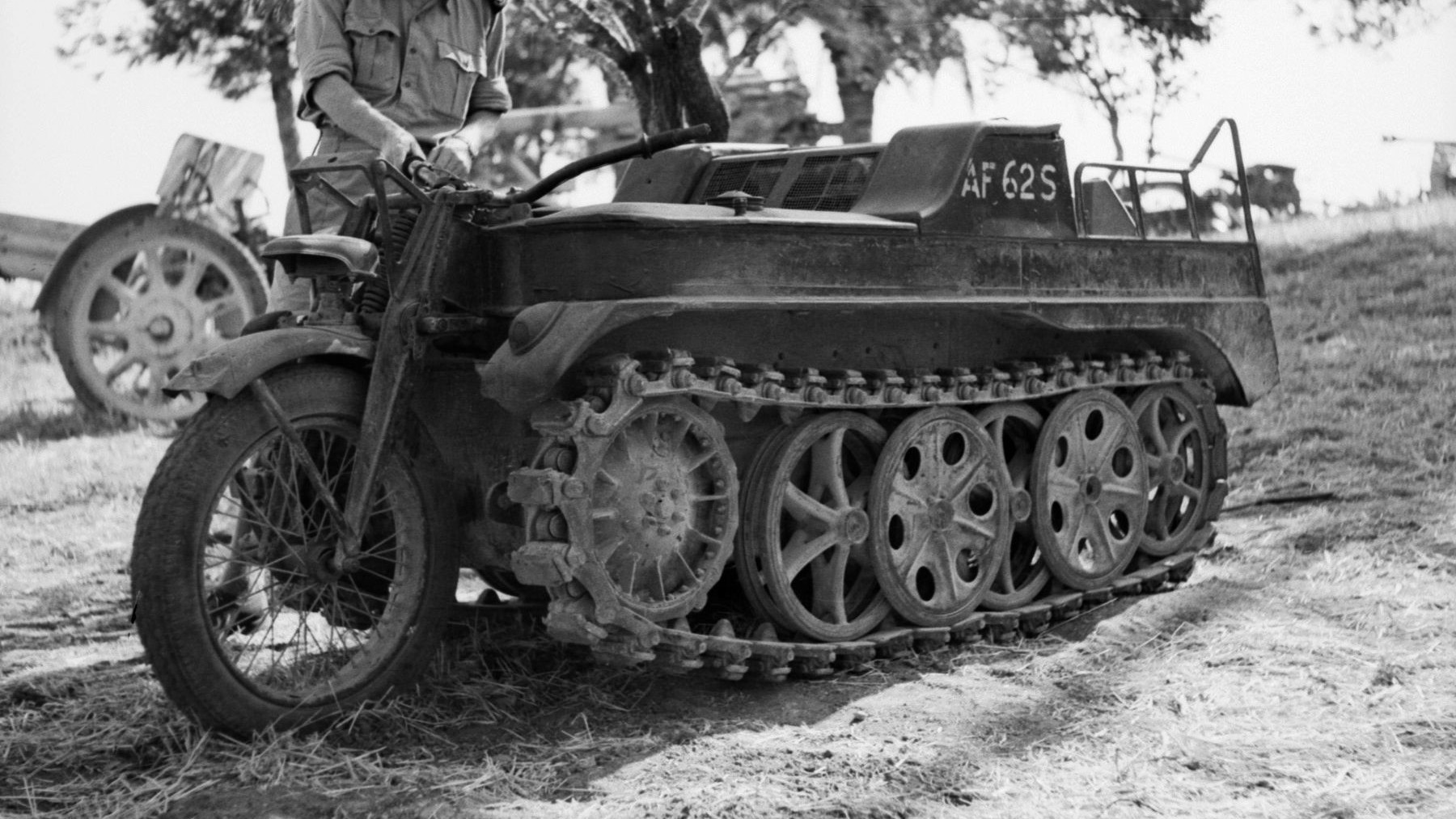
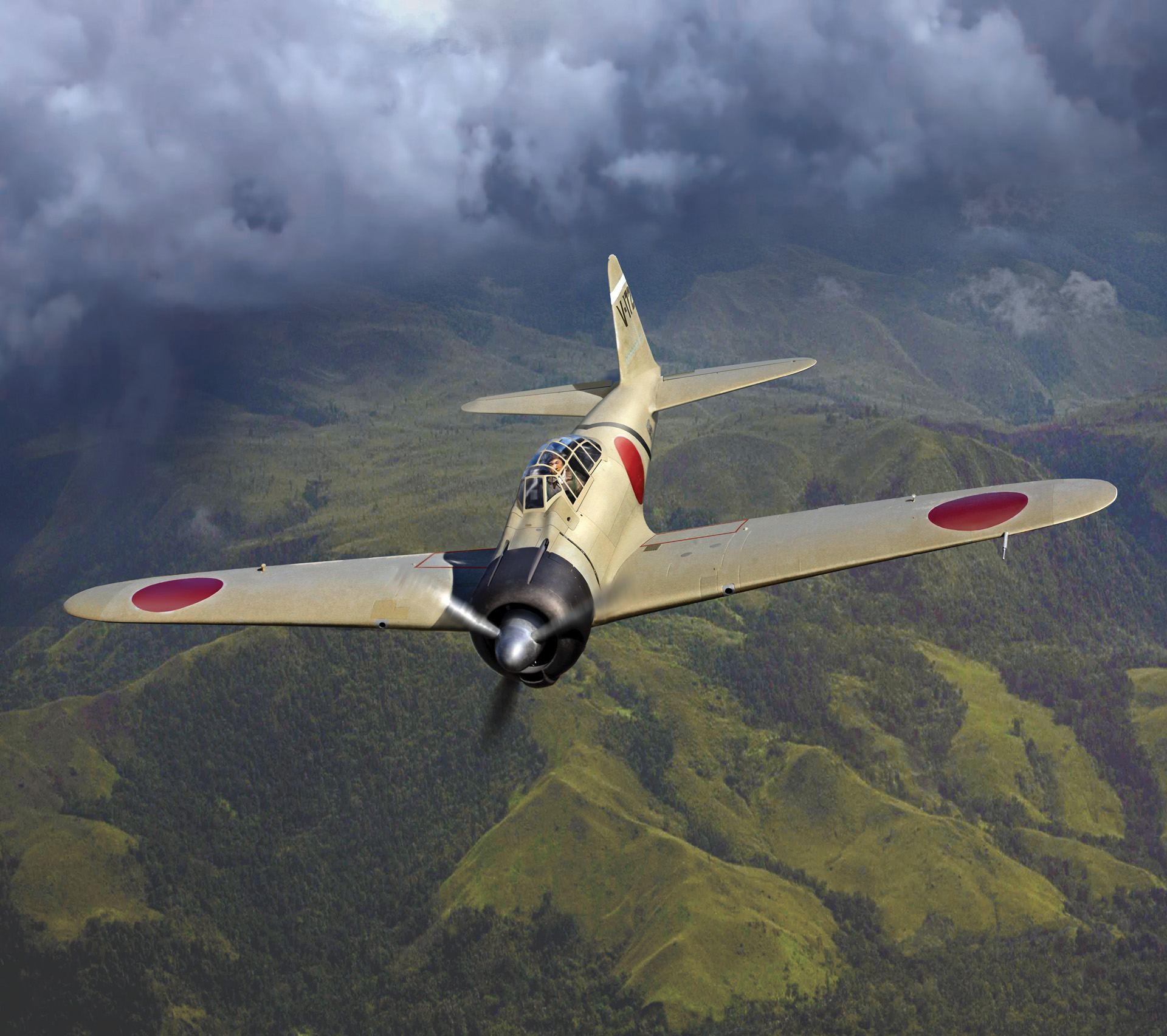
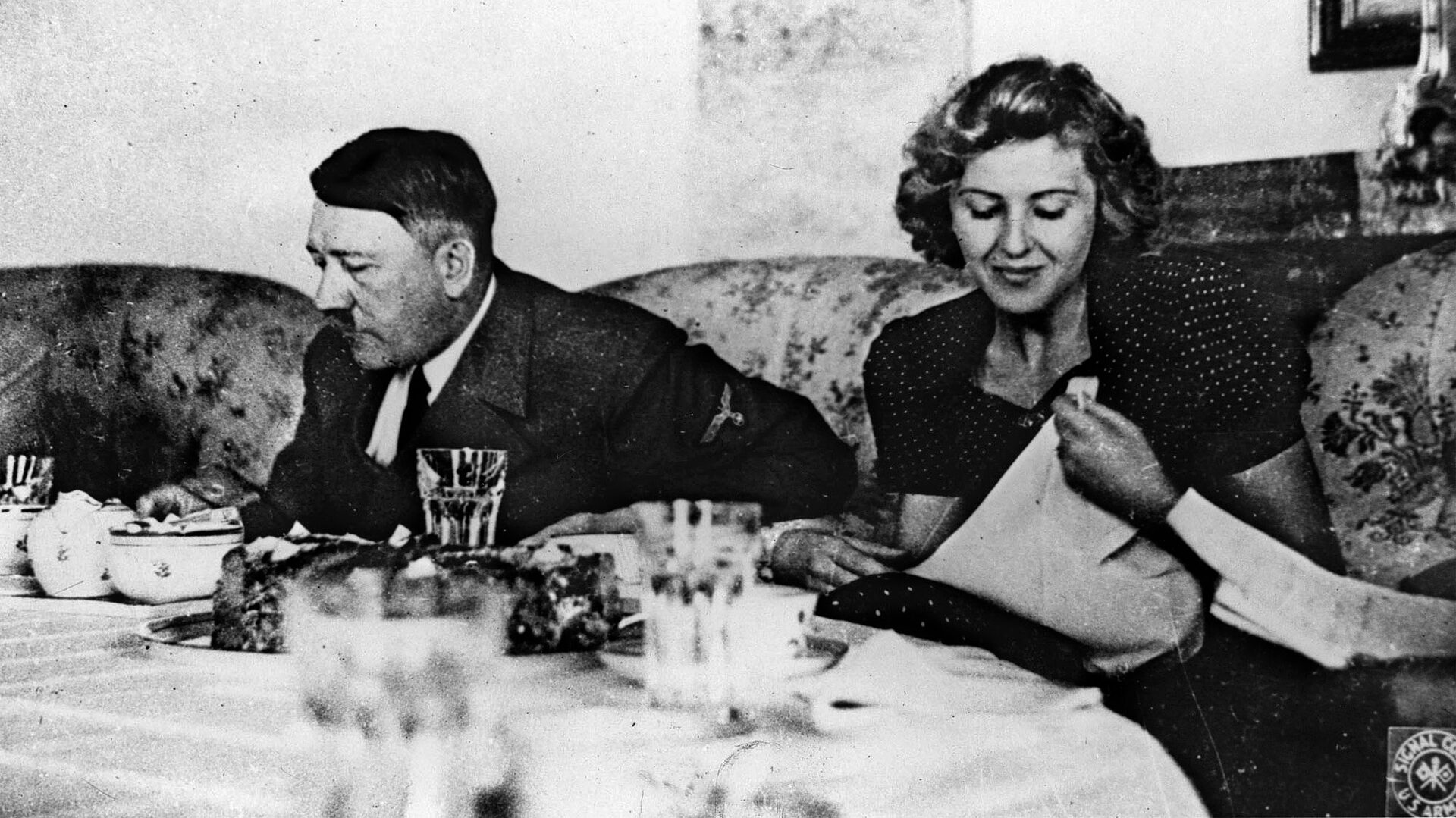
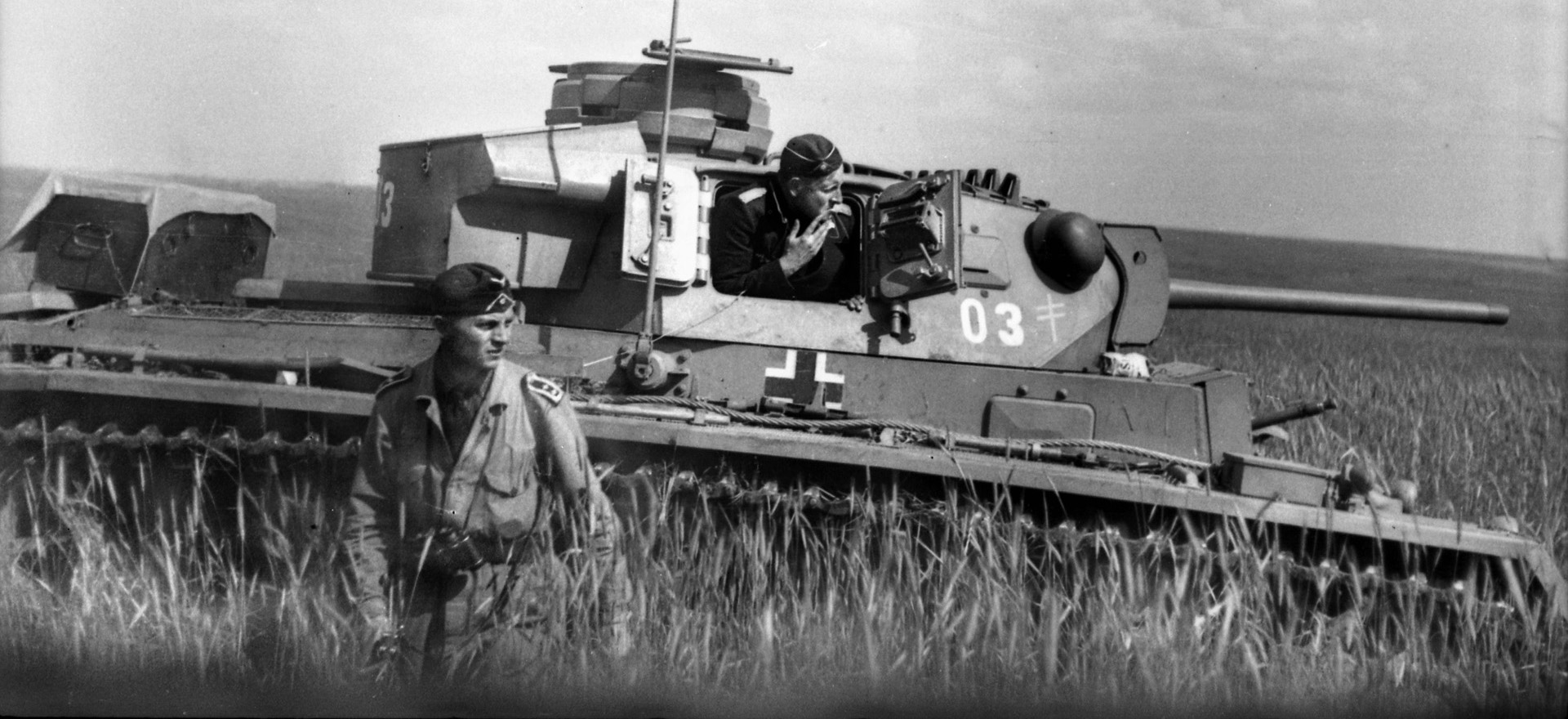
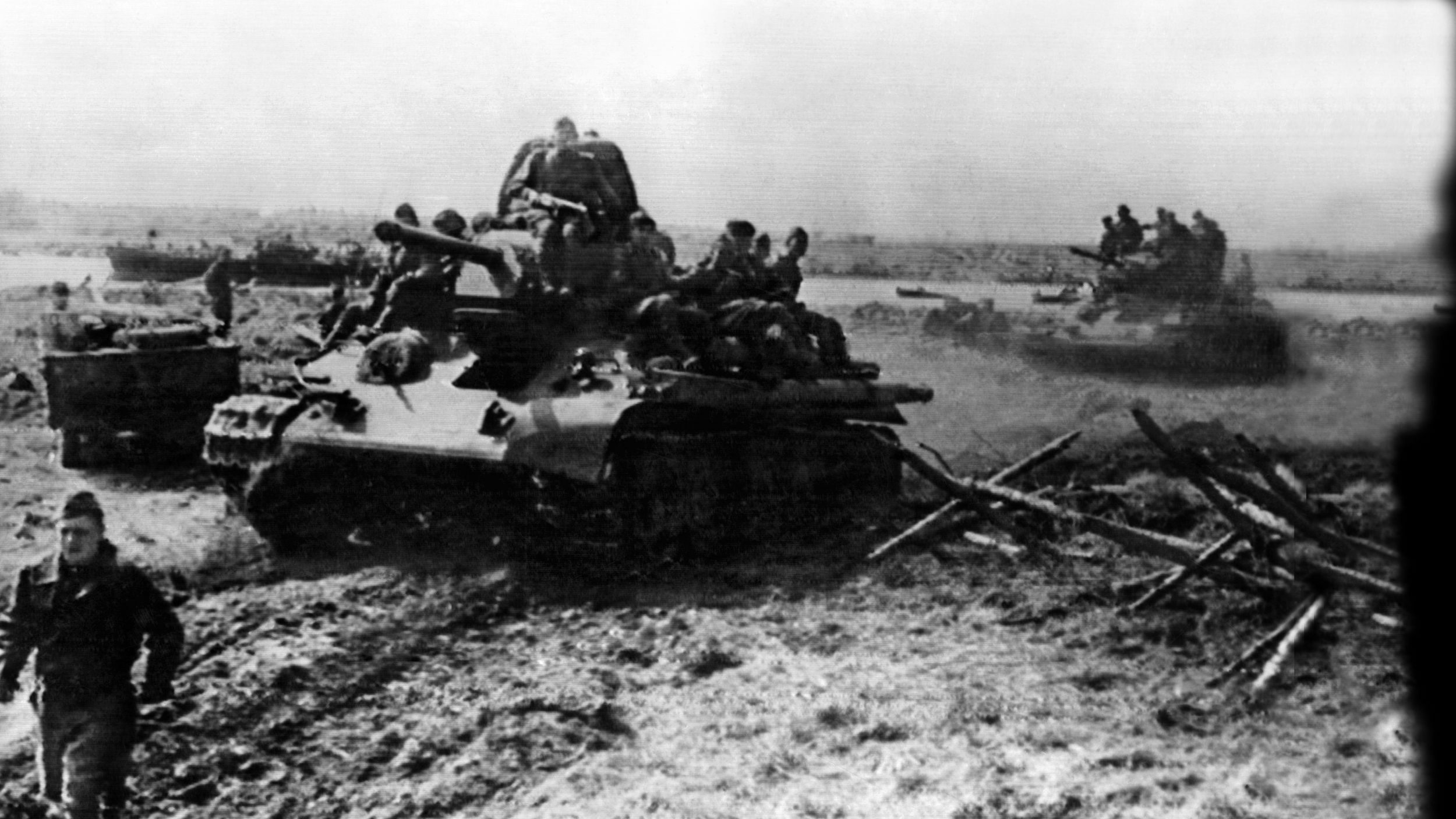
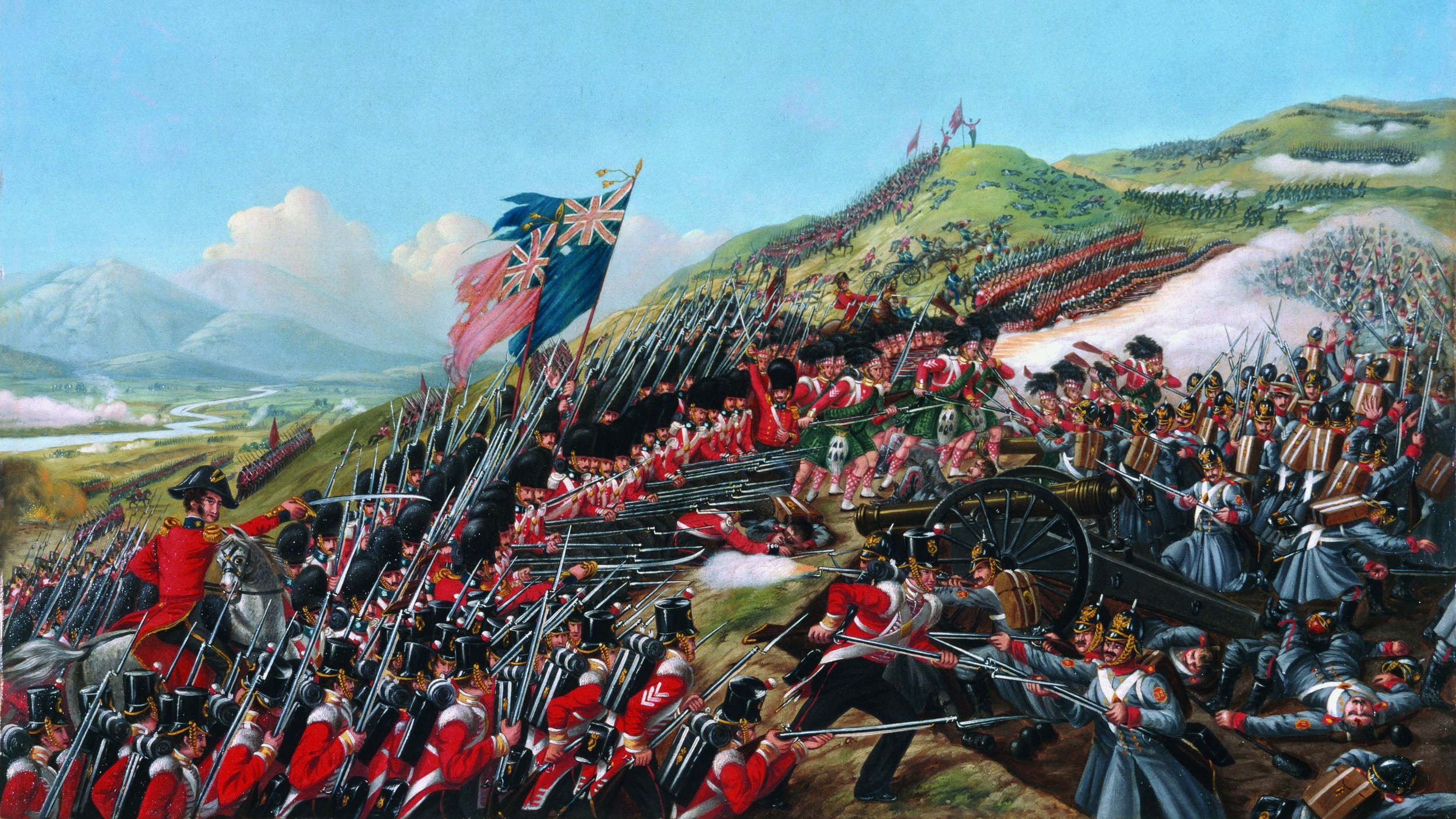
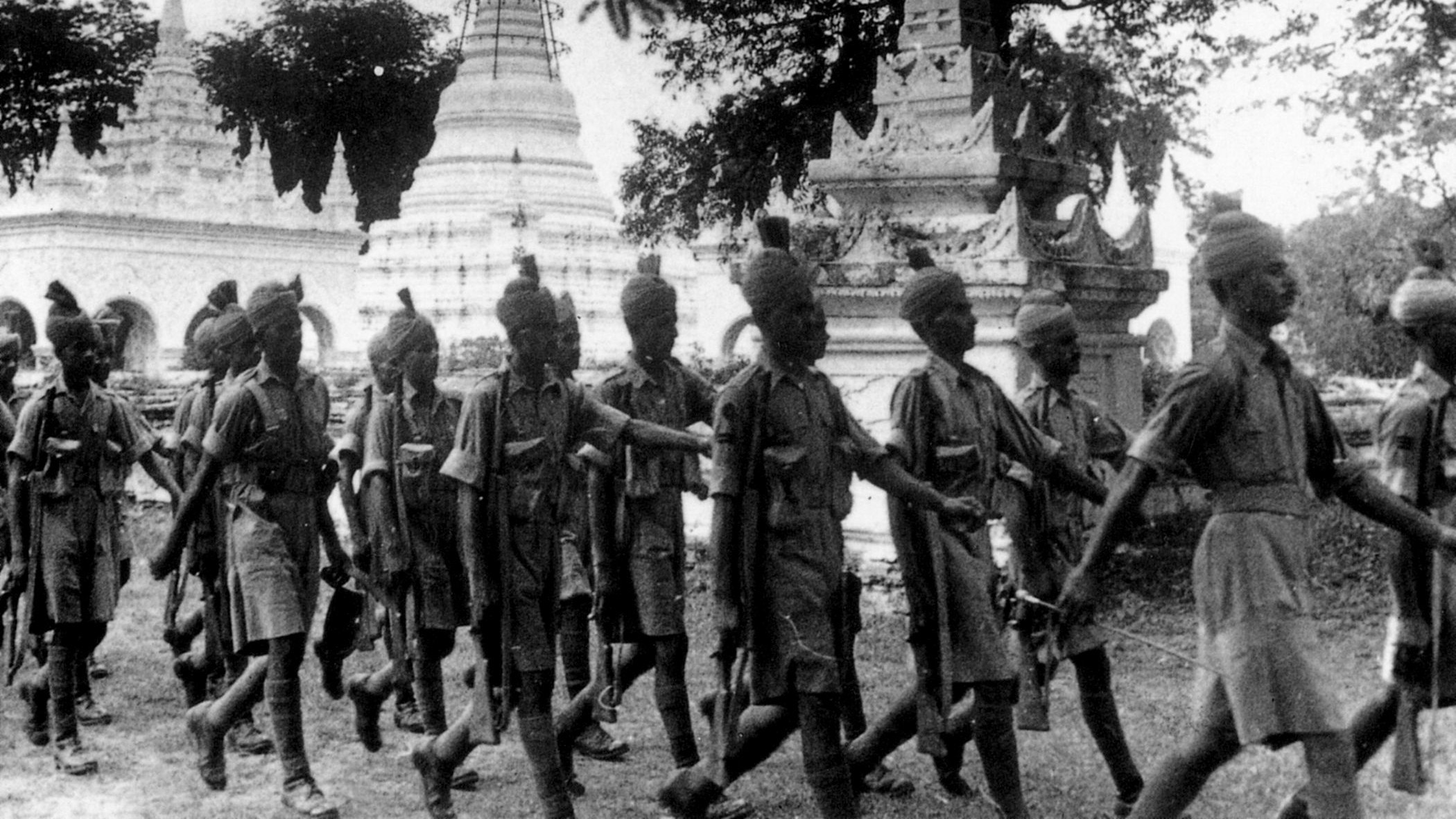
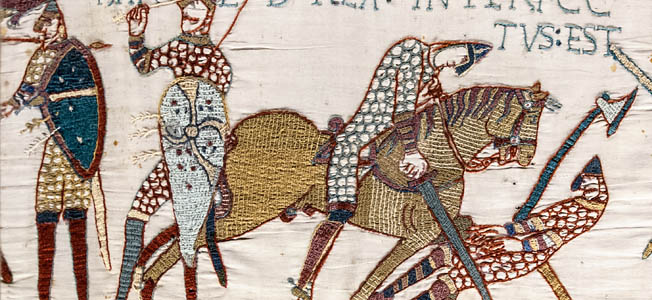
Join The Conversation
Comments
View All Comments